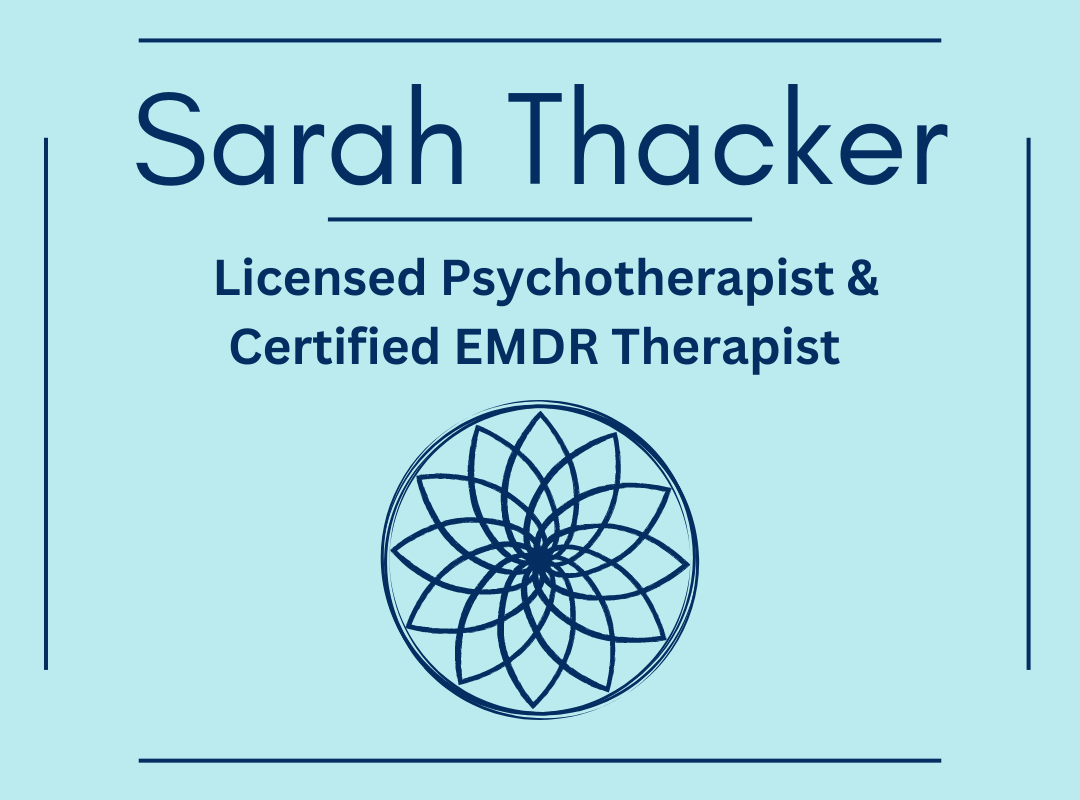Mindful and intuitive eating are powerful practices to support the process of healing from emotional and stress eating patterns. When these elements are integrated and practiced consistently by easing them into your daily routine, they can make a major impact on your relationship with food. Mindful eating is all about being present with your food and eating in a state where you are calm, emotionally balanced, and your body is craving food and nourishment. Intuitive eating is about trusting yourself, and freeing yourself from food fears. Intuitive eating ultimately empowers you to be in charge of your food choices.
Mindful eating beautifully integrates into each of the principles of intuitive eating (as created by Evelyn Tribole and Elyse Resch many years ago, I highly recommend their book—Intuitive Eating!). The principles are based on creating a healthy relationship with food, your body, and yourself. The intuitive eating principles allow you to step into the awareness that you are expert on what your body wants and needs. When you integrate the concepts of mindfulness along with these ten intuitive eating principles you have a very sound roadmap to make peace with food.
The ten principles of intuitive eating are:
5. Discover the Satisfaction Factor
7. Cope with Your Emotions with Kindness
9. Movement—Feel the Difference
10. Honor Your Health—Gentle Nutrition
You can click on any of the above principles to learn specifically about that one. Through each post I am detailing how to integrate each step into your life, one step at a time. Within each I try to weave in where mindfulness and mindful eating practices can enhance each of the practices and the process as a whole. I offer specific ways to consider each step and how to engage with each specific practice so you can begin immediately.
Each of the principles of intuitive eating are simple, and yet are not necessarily easy in practice. Diet culture is real and quite entrenched in our culture. It can be super difficult to pull away from the diet mentality—especially if you have been a victim of their promises and empty hopes for a long time. Diet culture has shifted subtly into the guise of health and wellness or branded as a lifestyle in recent years. However, if the way you eat does not make you healthy or feel well, if it requires restriction, and lacks any pleasure derived from food, is it really a sustainable way for you to eat? This is where I will begin in the next post with this very topic and principle one of intuitive eating!
Over these next several weeks we are moving into the holiday season, which during a “normal” year can cause stress, yet with the uncertainty of our current times, this season will most likely cause additional stress. Traditionally, those who struggle with emotional and stress eating feel increasing overwhelmed from Halloween until after the new year. The cold and dark of the winter, increased focus on treats and food, and increased pressure and stress all can amp up emotional and stress eating during this time.
If you begin integrating these intuitive and mindful eating practices you might find yourself in a very different place than you may have landed without them. Think of each of these steps as an opportunity to let go of old ideas, structures and fears when it comes to food, dieting, and body image and to begin to step into a space of empowerment and freedom when it comes to food, your body and most importantly, your life. Stay tuned for a deep dive into principle number one coming soon!



